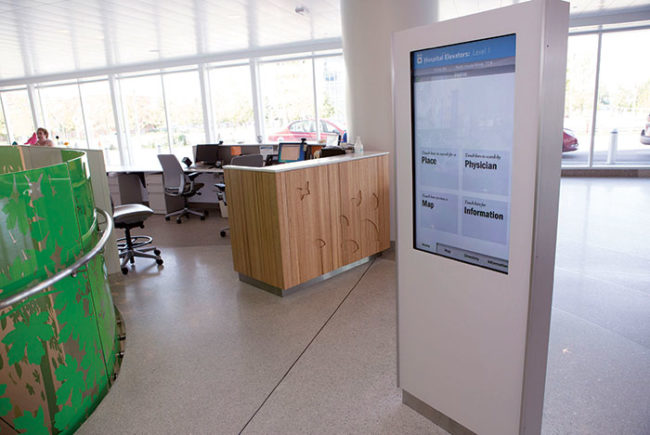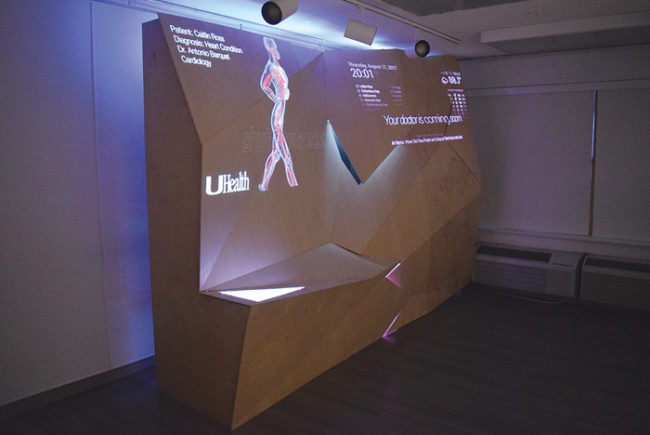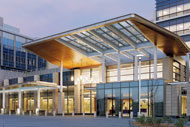Seven years ago, Reading Health System made the decision to build the Reading HealthPlex for Advanced Surgical & Patient Care as a new wing at Reading Hospital in West Reading, Pa. Visions for the new center had existed in the hospital’s master plan since 2002, but it wasn’t until 2010 that a formal commitment was made to build a 476,000-square-foot, nine-story surgery and trauma center with seven patient care floors.
Also in this report |
| Six planning steps for low-voltage systems |
|
|
Several directives drove the design and construction process: first, that the center would integrate the latest patient care technology; and second, that the process would include input from end users.
David Major, director of facilities and construction management at Reading Health System, says that over the course of the five-year design and construction process, about 60 user groups representing 800 employees were consulted — some every three weeks for three years. They were involved in design discussions, vendor interviews and simulations with proposed room designs and equipment layouts so that designers could fully understand the needs and challenges of the clinical, operational and maintenance staff.
Major credits this process with the smallest post-occupancy “fix list” he has ever seen. “All of the fixes could fit on a single 8.5-by-11-inch sheet of paper,” he says. “And most of them were very minor.” Robert Brigham, M.D., chairman of Reading’s department of surgery, agrees. “Involving end users at every stage of the process saved us a lot of time and money,” he says.
Brigham added that involving technology and transition planners was key to achieving the high-tech center they envisioned, which included increasing the size of the surgical suites and integrating radiographic visualization, video monitoring with improved acuity and decreased glare, a cool lighting system that worked in concert with the video monitors, and a boom system that efficiently housed the equipment but also was appropriately accessible. As technological advances made their way into the surgical department over many years, the Reading team wanted to improve on compatibility issues as well.
“The technology and transition planners brought the kind of perspective borne from extensive experience that we don’t have as an entity, because we don’t do a project of this magnitude many times a year,” he says. “Our planners, however, do, and their experience was invaluable.”
“Over the last 10 years, technology has become dramatically more complex,” agrees Robert Goss, senior associate architect for Ballinger, Philadelphia, the lead architecture firm for the Reading project. “Designing technology infrastructure for a health care facility is another layer of coordination and must be carefully integrated with all the other major systems we have been familiar with for decades.”
Debbie Gregory, DNP, R.N., is senior clinical consultant with Smith Seckman Reid Inc., Nashville, Tenn. She can be contacted at dgregory@ssr-inc.com.





